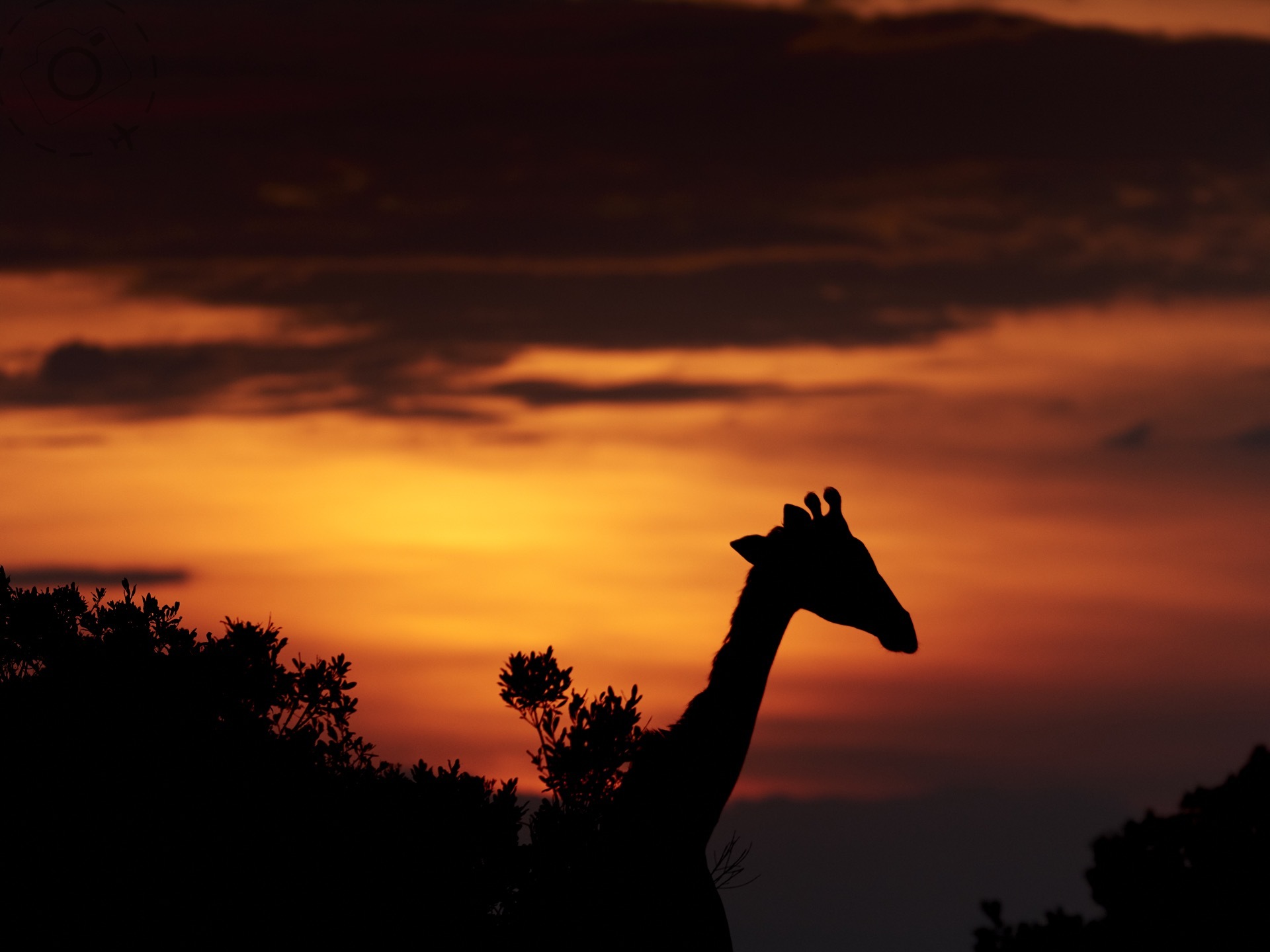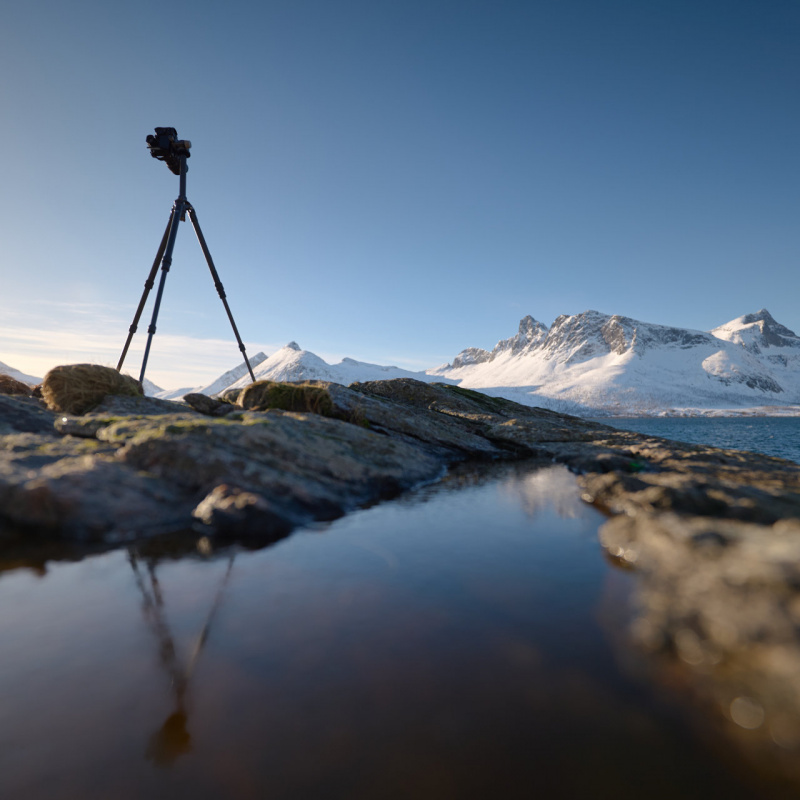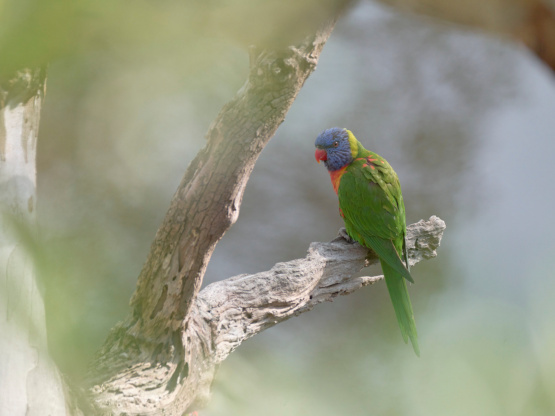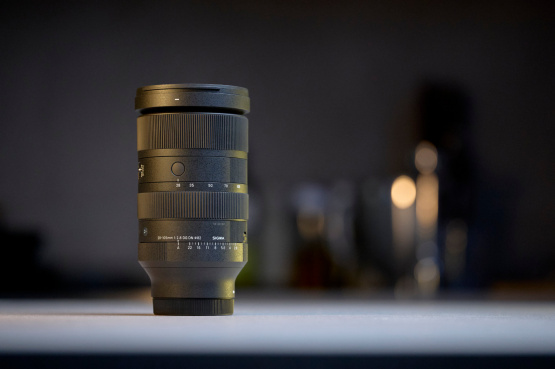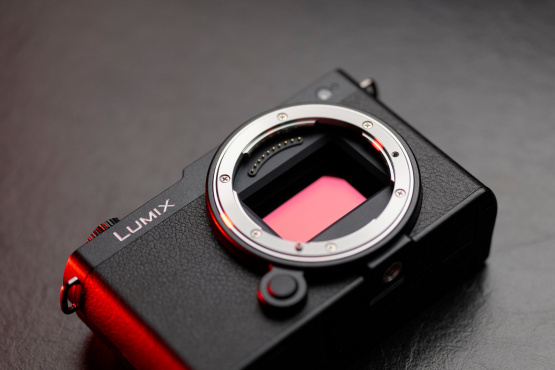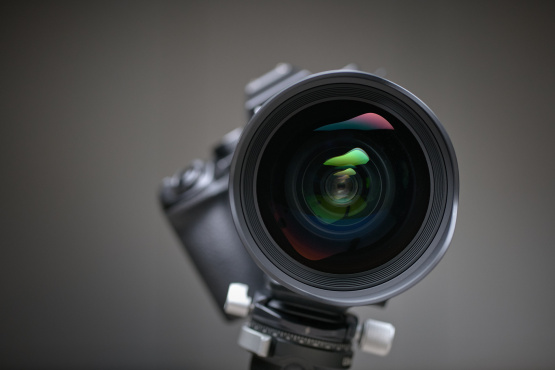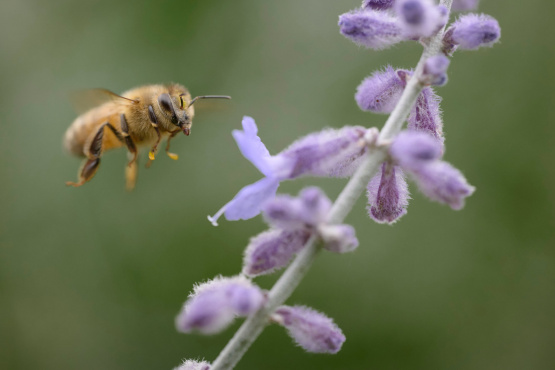I had the good fortune to carry the new Lumix G9 on safari in Kenya for 2 weeks, a Micro-Four Thirds camera designed from the ground up for wildlife and sports photography. It has a much larger view finder than you would expect from a small camera body, to help drive the autofocus system. There's a couple of neat tricks as well to let you magnifiy into a scene and be very very precise with where you direct the AF. Accuracy is the key element on offer. Shooting a weaver bird hiding deep inside a mass of acacia branches is very very tricky for any AF system, and the new G9 allowed me to target these little birds and pull them out of the chaos.
The high speed continuous modes on the G9 can be quite insane, offering up to 60fps in RAW. I found myself stepping back to more modest 20fps or even 12fps. There's a dedicated dial on the body to move from different continuous rates, plus you can set what those rates correlate to in the custom modes. So I had normal low speed continuous for street shooting and then I roll the custom dial to my wildlife default for faster frames and higher shutter speeds.
It took a little getting used to having a physical dial to move between low and high continuous shooting speeds, but once I realised you can load your custom mode with specific frames-per-second to either of those physical dials it did seem to offer the best of both worlds.
Big Picture Stuff
A really important factor that makes the G9 so much better than any other Micro Four-Thirds camera I’ve seen is the large viewfinder. The trouble with small mirrorless cameras for me has always been the difficulty in actually seeing what you’re shooting. The G9 has a bigger viewfinder than previous Lumix models, big enough to actually drive the autofocus with precision and to compose with confidence. You’re not squinting through the eye-piece or looking at ghosts on the rear screen. It’s a big step forward.
Overall the new Lumix G9 by Panasonic genuinely surprised me. Combining this modest sized and very light camera body with their 100-400mm telephoto zoom gives you effectively 800mm reach in something that feels no heavier than a laptop. I had it with me all the time, even when walking around the tented camps. Which is where 50% of my bird shots happened.
I compiled a gallery of images from my bird photography on our brief trip, and it’s quite impressive. Something to note about this set of images is that most of them were taken in really bad light. Deep inside the darkened canopy of trees on a cloudy day, with rain storms brewing in the early afternoon, is not the best light for shooting birds. Add to that my choice to drive the camera with a minimum of 1/1000th of a second shutter. I'm pushing the ISO very very hard with this kind of shooting, and still the images come through beautifully.
Sometimes I fell short of course, like the Sunbirds which probably needed about 1/4000th of a second because they move at such a ridiculously fast speed. Or when trying to chase Firefinches in the dying light of the evening. ISO is one thing, but boring flat light is another. Regardless, you get shots with this camera system in the most demanding of situations.
Convenience vs Quality
It also proved to be a great companion on the game drives. Sitting patiently by a pride of sleepy lions, waiting for the best part of hour for one of them to wake up, demands a lot of patience. Even more so if you’re holding onto 20lbs of camera gear ready for action. I had a big advantage on those days, with a fraction of the weight yet still having up to 800mm telephoto reach. I cannot overstate the joy in having such a compact and light system for chasing serious still frames on safari.
The downside to smaller cameras is less depth of field and a limit to how large you can enlarge. There is a difference in the image quality once you print above A4 size. If you hold an exhibition of prints at A3 or bigger, and half are shot on full-frame and the other half on Micro Four-thirds, you will see a difference as you step from one print to the next. If the entire collection is taken with the same camera it will take a trained eye to pick what’s happening.
Depth of field is always a subjective matter. I love shooting shallow focus and working bokeh, and the bigger your camera the bigger the bokeh. So you start with a disadvantage when shooting with a small sensor system such as the G9. But working in my favour you get a big bonus when shooting with longer lenses. Bokeh gets better as the focal length gets bigger. I was happy with the balance between convenience and performance where bokeh was concerned.
I know I can get even more milky bokeh with my full-frame DSLR, but only if I pack an 8kg lens that costs about the same as a first class seat to Nairobi. Aside form the logistics of getting the big 800mm lenses into action, how many shots would I miss while struggling to guide a massive 8kg lens to focus on a flighty subject? I spent 10 minutes stalking a pair of Fire Finches around my campsite one day, repeatedly able to sneak up reasonably close and snap frames. Not sure how practical that session would have gone if I were pointing a full-frame 800mm lens at them little fellas.
I had two telephotos packed in the bag for this trip. A Leica 100-400mm and a new 200mm f/2.8 prime. That was my favourite. I found myself working with it and a 1.4x extender most of the time, shooting with the equivalent of 580mm in DSLR terms. Occasionally I would pop off the 1.4x when too close to big game, which was nice to work at f/2.8 for a little extra shallow depth of field. The new 200mm is a lovely lens and responds well with the new G9 autofocus. It’s a dynamite combination and you get some seriously pretty bokeh from it.
The Other Bits
It's worth pointing out that I didn't move into any of the tracking modes for this camera. My style is to use a single focus point and engage off the shutter button. I don't work rear focus or servo modes. It takes a lot of practice to get the best from such modes, and to know where the limits are under different lighting and contrast. It's also just not my style. So I cannot offer any comment on whether the tracking features are any better or worse on the G9 when compared to a Canon 1Dx for example. I can say that getting a focus lock is insanely fast on the rig I was using, even though the firmware was pre-release v0.4.
You may notice also I haven't touched on the 80MP pixel-shift "hires mode" for this camera. That proved not very useful when chasing wildlife on the run, but did get some action when I was travelling in Bhutan the following week. Look out for a specific feature in future that focuses on the non-wildlife aspects of this camera in the field.
In summary I had a great autofocus system, generous viewfinder, access to some crazy burst speeds and serious reach with easy to pack lenses. Battery life was fantastic too. I also took this camera on a trip to Bhutan, where the difference in battery performance between the Fuji XT2 and G9 was incredible. One of my companions was changing batteries in under 200 frames on her XT2, and I was getting 4000 frames on the G9. (Yeah that 60fps is a data hog alright.)
Wildlife enthusiasts and birders really should check out the new G9. Amazing value for money and incredible performance. This is good gear.
Photo Essay on the Kenyan Birds
https://ewenbell.com/editorial/Birds+of+Kenya
Photo Essay on our Safari Experience
https://ewenbell.com/editorial/Kenya+Safari
Photo Essay on the warriors of Maji Moto
https://ewenbell.com/editorial/Maji+Moto
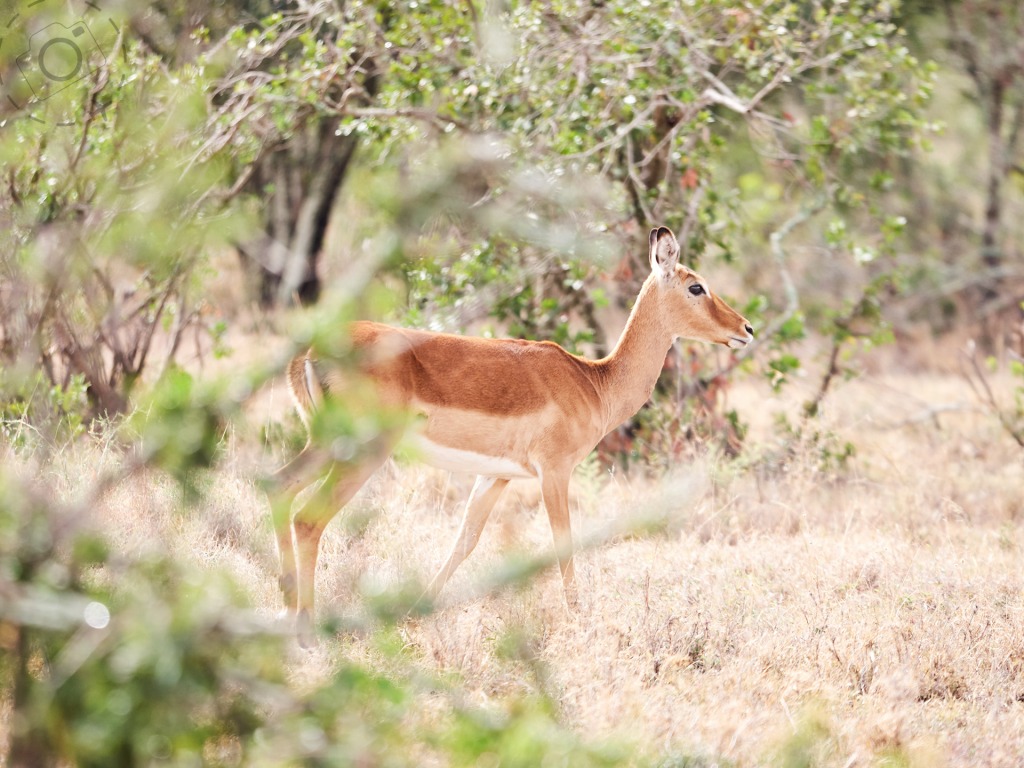
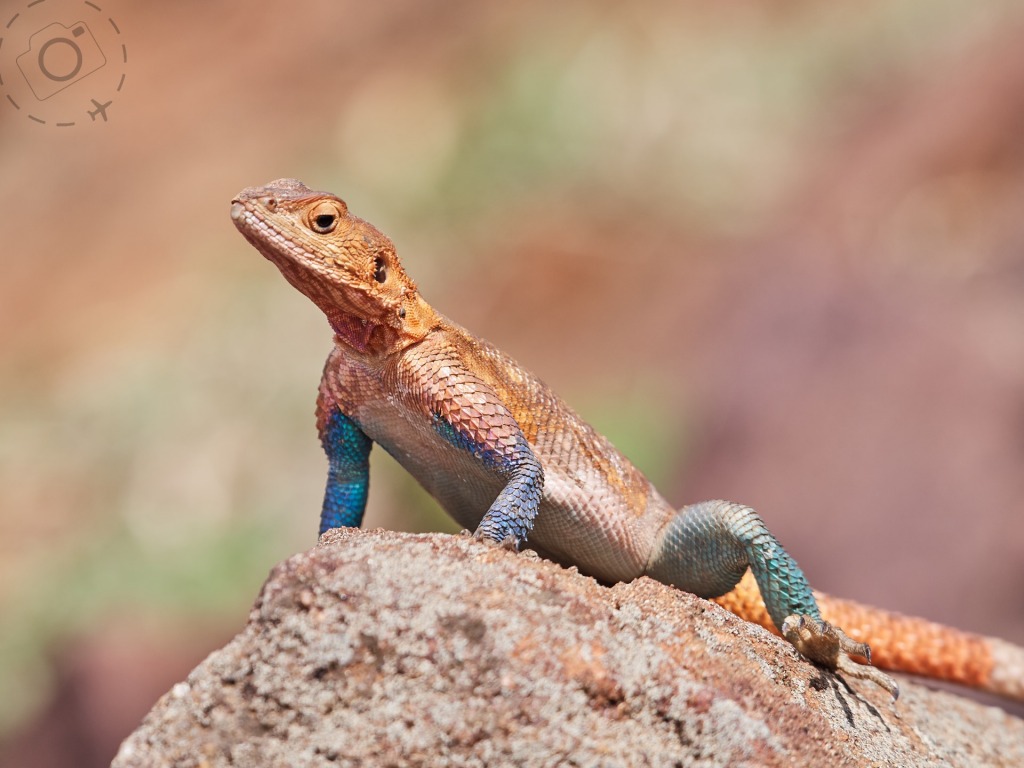
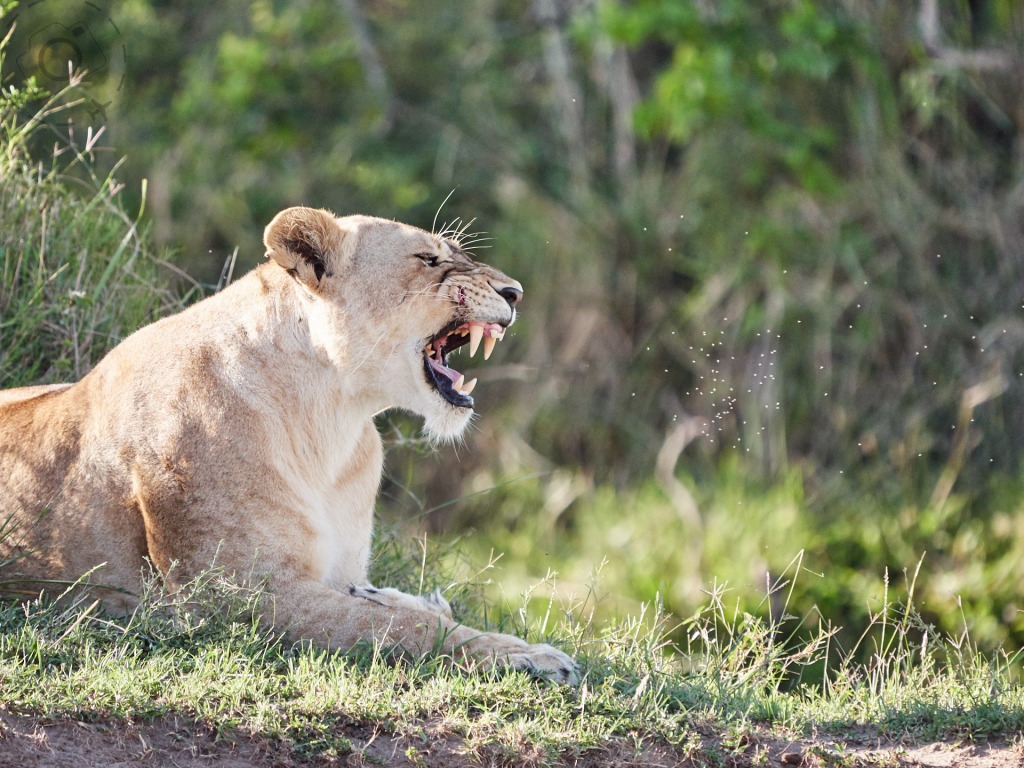
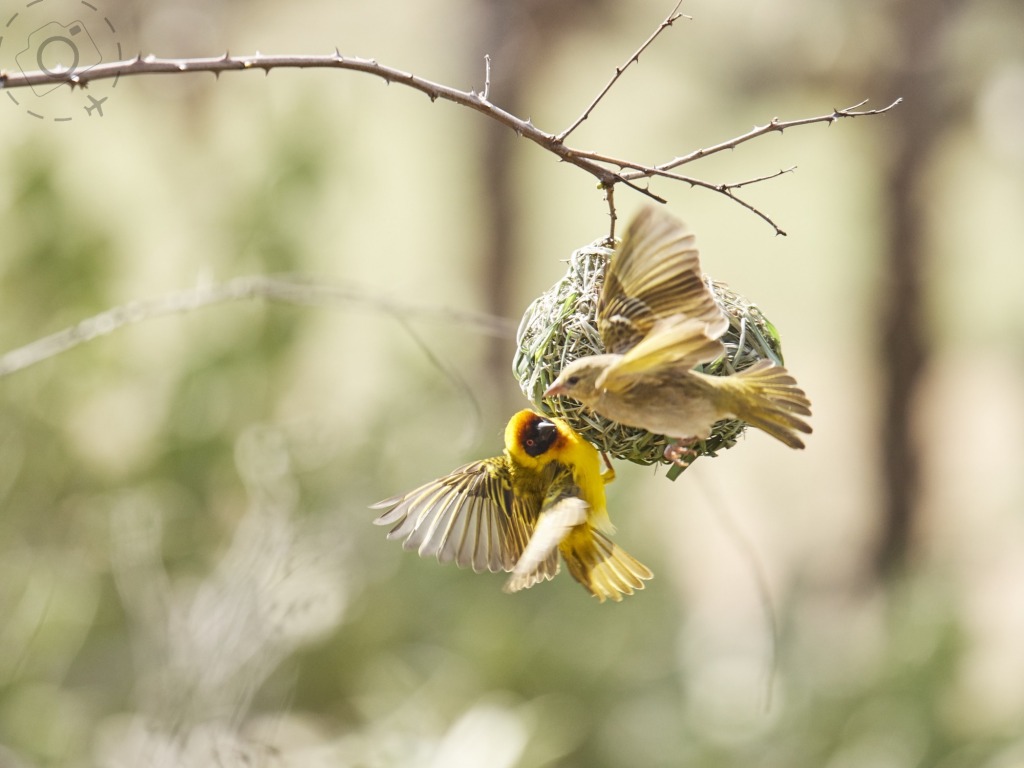
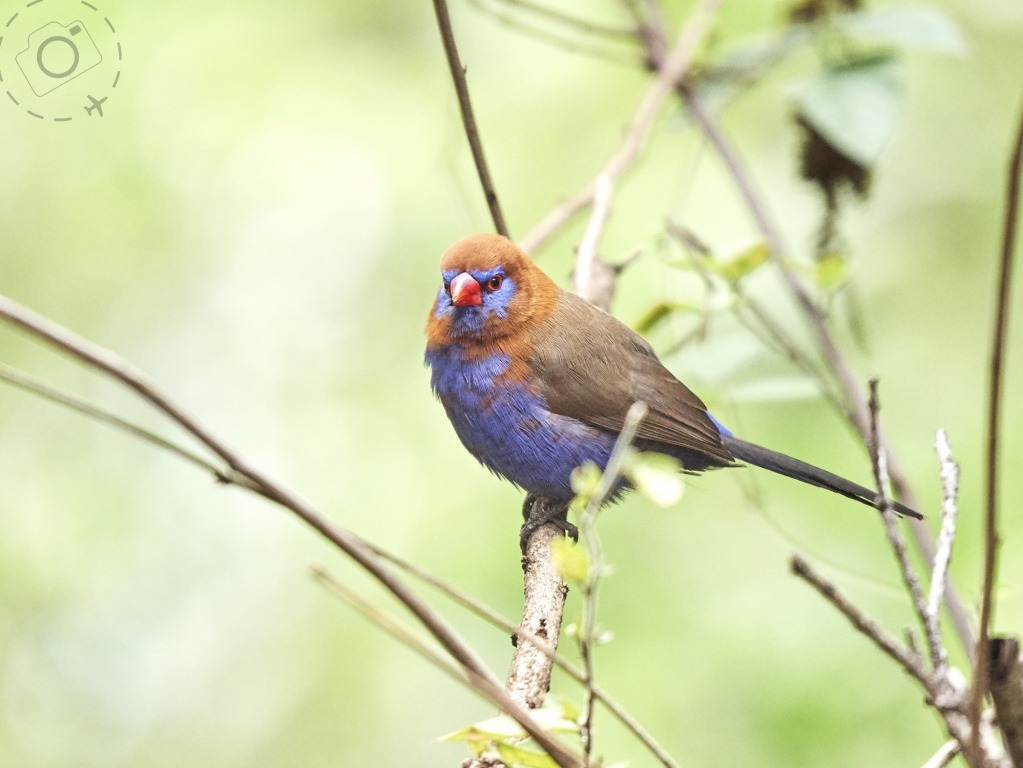
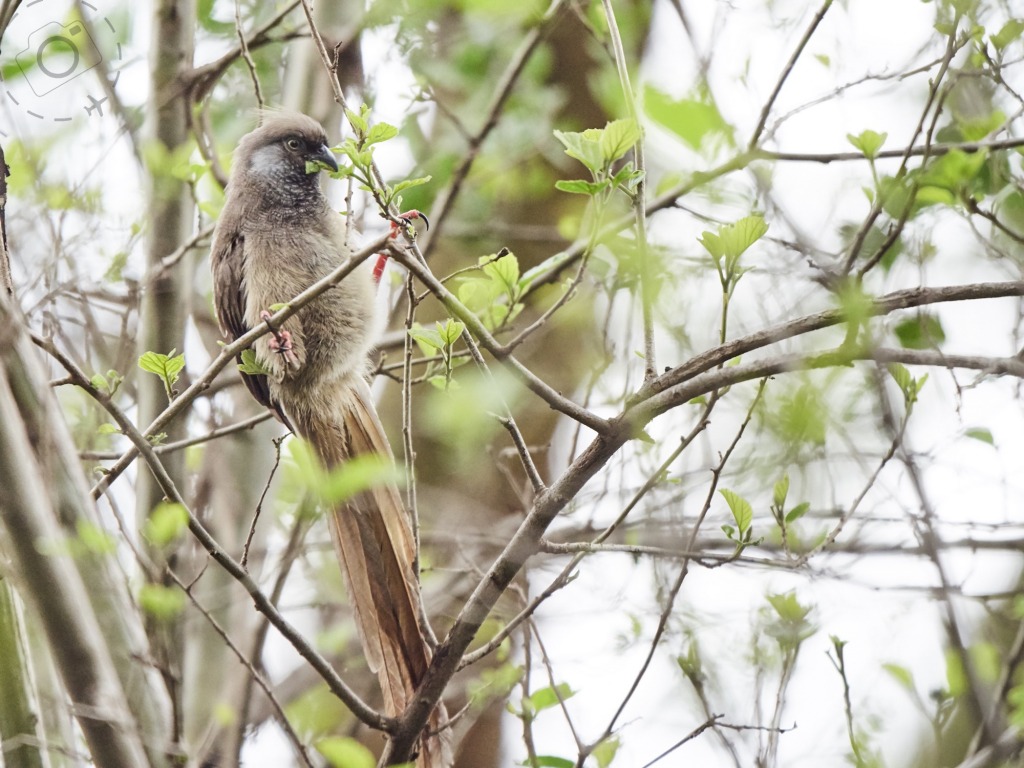
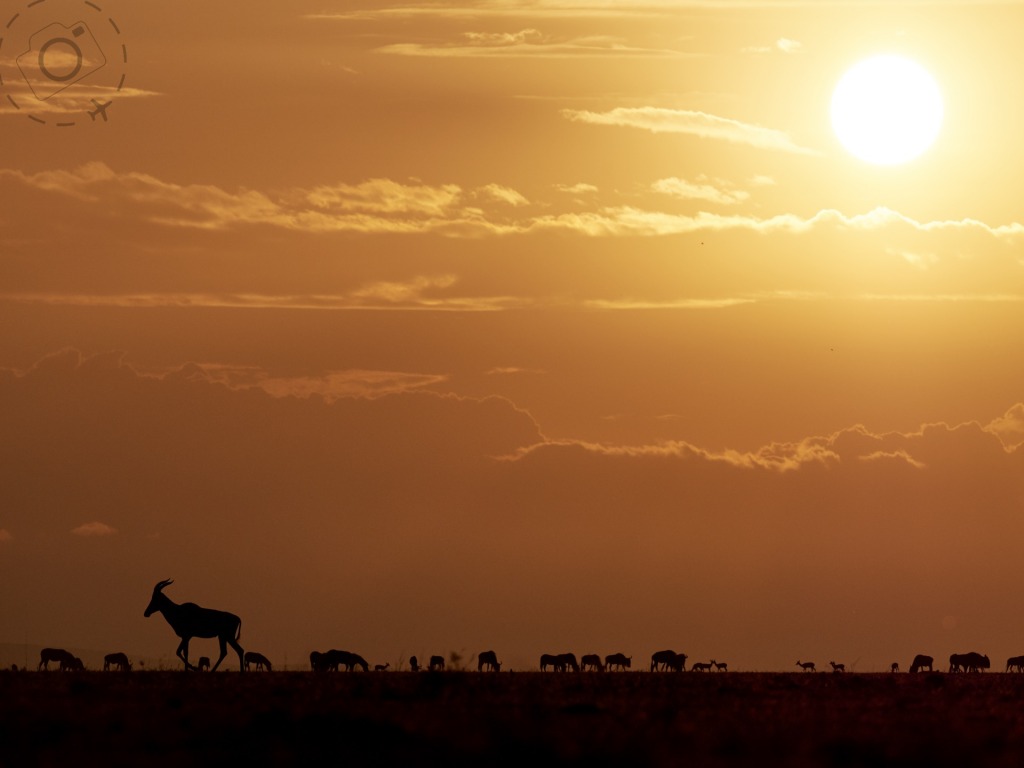
PS
Finally, my gratitude to Panasonic Australia for letting me travel with this gear. I would not have captured everything I did had I carried my regular DSLR setup. I wouldn't have had the freedom to travel light, to just bring along 600mm of telephoto when strolling to lunch, or to jam 6 different lenses into my Flipside along with two bodies.

Keep Reading
Join Ewen's newsletter for monthly updates on new photography articles and tour offers...Subscribe Here

